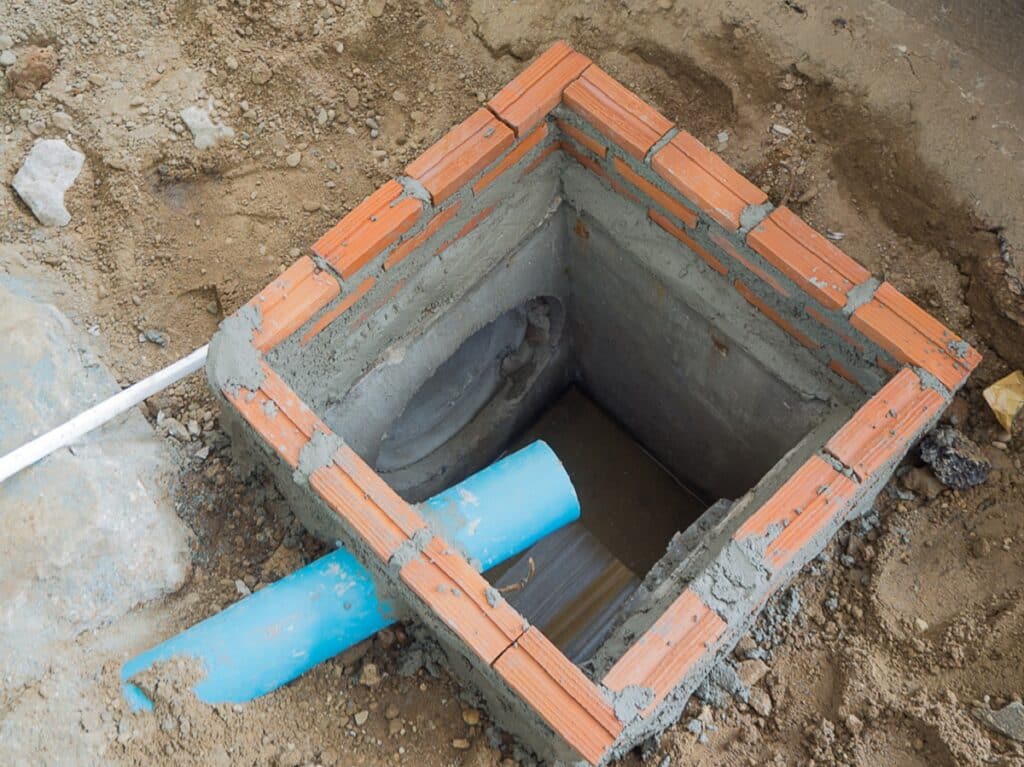Sewer lines are not something people give much thought to until they stop working. Not having the right knowledge of plumbing systems can lead to mistakenly following myths that might cause problems or expensive repairs. Let’s clear up some misconceptions about sewer lines.
Myth #1: Tree Roots Can’t Damage Modern Sewer Lines
Although modern plumbing systems are good, they aren’t impervious to tree roots. However, trees themselves aren’t the issue. The real problem is trees planted too close to sewer lines. Tiny tree roots can find their way inside the pipes through loose joints and hairline cracks, causing extensive damage as they continue to grow.
A tree can consume 70-100 gallons of water daily, so it’s best to plant them at least 10 feet from any water source. Regular inspections and maintenance can catch root intrusions early, saving you from costly repairs later.
Myth #2: To Replace Sewer Lines, You Have to Dig
Traditionally, fixing sewer lines meant tearing up lawns and driveways. But today, we can address many problems without digging or excavation. New methods, like trenchless repairs, allow plumbers to fix pipes from the inside through small access points. This costs less and doesn’t require destroying your lawn.
Myth #3: It’s Okay to Flush Wipes
Some people think it’s fine to flush items like wipes, cotton swabs, or dental floss if you don’t do it often. However, flushing these items, even once in a while, can lead to clogs or damage. You should never flush anything but human waste and toilet paper. Everything else goes in the trash.
Myth #4: Chemical Drain Cleaners Are the Best Solution for Clogs
It’s tempting to grab a bottle of chemical drain cleaner when you find your sink is clogged. While these products might seem like a good idea, they can cause more harm than good. They often don’t fully clear the clog and can damage your pipes over time. Instead, try a plunger or a plumbing snake for minor clogs. For persistent clogs, call a professional plumber.
Myth #5: Sewer Lines Are the City’s Responsibility
Many homeowners mistakenly believe the city is responsible for sewer lines. In reality, the city’s responsibility ends at the meter near the street. If you look at your water meter, you’ll usually find two shutoff valves. The one in front is for city use, and the other is for the homeowner. This setup marks the dividing line between city and homeowner responsibility for the sewer line.
Get in Touch With a Pro
Don’t fall for these myths! Taking care of your sewer lines can save you money and headaches in the long run. When in doubt, ask a professional plumber for advice. If you’re experiencing frequent clogs or have concerns about your sewer line, contact JW’s for expert sewer line cleaning and maintenance in Indianapolis, IN.





